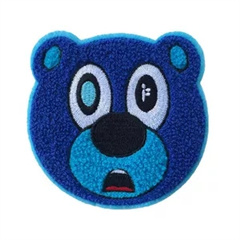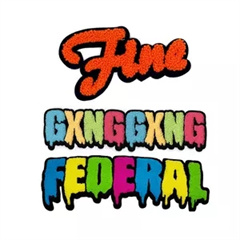The concept of a jean jacket as we know it today can be traced back to the late 1800s and early 1900s. Levi Strauss, a Bavarian immigrant, played a significant role in popularizing denim as workwear and is often associated with the early history of denim jackets. In the late 1800s, he began producing denim overalls, which were primarily worn by miners and laborers due to their sturdiness. These early denim garments were functional and designed to withstand rugged conditions.
The first version of the denim jacket, often referred to as the “Triple Pleat Blouse,” was introduced by Levi Strauss in the early 1900s. It featured a pleated front design and was made from denim. This design was utilitarian in nature and provided workers with a sturdy and durable garment that could be worn in various industrial settings.
As the 20th century progressed, denim jackets continued to evolve in both style and function. In the 1950s, denim jackets gained popularity beyond the realm of workwear and became associated with youth culture, rebellion, and rock ‘n’ roll. Iconic figures like James Dean popularized the denim jacket as a symbol of youthful rebellion in films like “Rebel Without a Cause.”
The 1960s and 1970s saw further diversification in denim jacket styles. The counterculture movement embraced denim jackets as a form of self-expression, often decorating them with patches, pins, and other embellishments. Jean jackets became a canvas for personal statements and artistic creativity.
In the 1980s and 1990s, denim jackets continued to be a fashion staple. They were embraced by various subcultures and were often worn oversized with a casual, “laid-back” aesthetic. Designers and brands also began experimenting with different cuts, washes, and finishes, contributing to the versatility of the jean jacket.
Today, denim jackets remain an enduring fashion item. They come in various styles, including classic cuts, cropped versions, oversized designs, and distressed finishes. Denim jackets are considered a versatile wardrobe essential that can be dressed up or down, making them suitable for a wide range of occasions.
In conclusion, the history of jean jackets is closely tied to the evolution of denim fabric and its transformation from utilitarian workwear to a symbol of fashion, rebellion, and self-expression. The enduring popularity of denim jackets continues to demonstrate their timeless appeal and adaptability to changing fashion trends.








